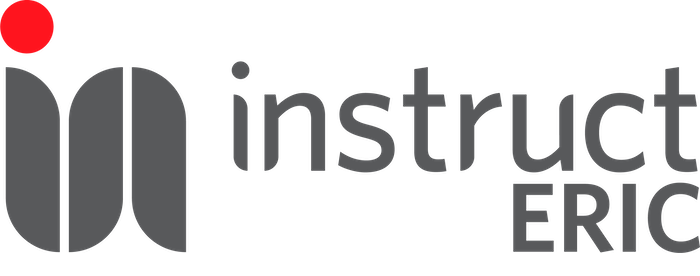Tutorials
HADDOCK
- HADDOCK basic protein-protein docking tutorial: A tutorial demonstrating the use of the HADDOCK web server to model a protein-protein complex using interface information derived from NMR chemical shift perturbation data. This tutorial does not require any Linux expertise and only makes use of our web server and PyMolfor visualisation/analysis.
- HADDOCK ab-initio, multi-body symmetrical docking tutorial: A tutorial demonstrating multi-body docking with HADDOCK using its ab-initio mode with symmetry restraints. It is based on a former CASP-CAPRI target (T70).
- HADDOCK ligand binding site tutorial: A tutorial demonstrating the use of HADDOCK in ab-initio mode to screen for potential ligand binding sites. The information from the ab-initio run is then used to setup a binding pocket-targetet protein-ligand docking run. We use as example the multidrug exporter AcrB.
- HADDOCK MS cross-links tutorial: A tutorial demonstrating the use of cross-linking data from mass spectrometry to guide the docking in HADDOCK. This tutorial builds on our DisVis tutorial and illustrates various scenarios of using cross-linking data in HADDOCK. This tutorial does not require any Linux expertise and only makes use of our web server and PyMol for visualisation/analysis.
Scipion
- Introduction to Scipion: This tutorial provides a quick introduction to processing with Scipion. It is designed to take a short time while illustrating the main concepts. The tutorial uses 3 micrographs from the Grigorieff BPV dataset. A final virus 3D map is obtained. Guide: scipion_tutorial_intro.pdf
- Initial model estimation: This tutorial uses different methods to obtain an initial 3D map. Methods covered are RCT, Ransac, Eman and Reconstruct Significant. Guide: scipion_tutorial_initialvolume.pdf
- Mix-and-match in Scipion: This tutorial presents a more complete workflow of Cryo-EM single particles inside Scipion. It is focused on demonstrate the combination of different EM-packages. This tutorial follows the processing pipeline described for Relion 1.3 tutorial with Beta-galactosidase data. Guide: scipion_tutorial_betagal.pdf
You may download a fully solved project of this tutorial from here.
-
Mouse apoferritin image processing in Scipion 3.0.0: This tutorial presents a complete workflow of Cryo-EM single particles inside Scipion 3. It demonstrates the combination of different EM-packages with high focus on Xmipp higres. Guide: apoferritin image processing tutorial in scipion3
- Model building: The recent development of single-particle electron cryo-microscopy (cryo-EM) allows structures to be solved at almost atomic resolutions. Providing a basic introduction to model building, this tutorial shows a workflow aimed at obtaining high-quality atomic models from cryo-EM data by using scipion software framework. Guide: scipion_tutorial_modelBuilding.pdf and workflow.
More Scipion tutorials can be found in here.
PowerFit
- PowerFit tutorial: A small introduction into PowerFit to automatically place a high-resolution atomic structure in a lower-resolution cryo-electron microscopy density map.
- PowerFit web server tutorial: A small introduction into PowerFit to automatically place a high-resolution atomic structure in a lower-resolution cryo-electron microscopy density map making use of our web portal (does not require Linux).
DisVis
- DisVis web server tutorial: A small introduction into DisVis to analyse the interaction space between two molecules from a set of restraints. It can help to filter out putative false positive restraints and predict key residues involved in the interaction from this set of restraints. It makes use of our web portal (does not require Linux).
Amber
- Amber structure refinement introduction: A brief introduction of Amber restrained Molecular Dynamics (rMD) package for structure refinement into wenmr.eu website portal.
- Amber rMD tutorial: A tutorial showing how to perform an energetic refinement of CYANA/Xplor-NIH structures using rMD with NOE and angle restraints into wenmr.eu website portal. Two specific sections are also available for the structure refinement including RDC restraints and disulfide bonds, respectively.
FANTEN
- FANTEN (Finding Anisotropy TENsor) is a web tool for the determination of the anisotropy tensors related to PCSs (pseudo-‐contact shifts) and RDCs (residual dipolar couplings). The manual for FANTEN users is available here.
- Example files are available here.
CCP4
Tutorials here.
ARP/wARP
Tutorials here.
3DBIONOTES
Tutorials here.
CS-ROSETTA
Tutorials here.
